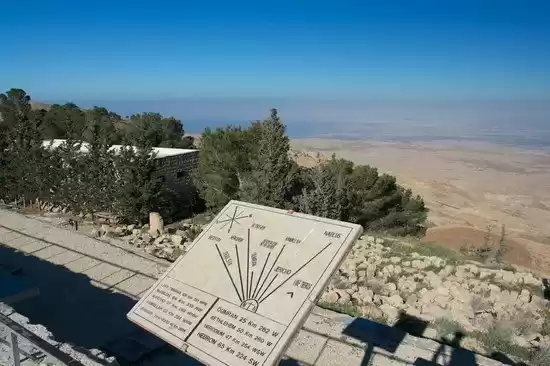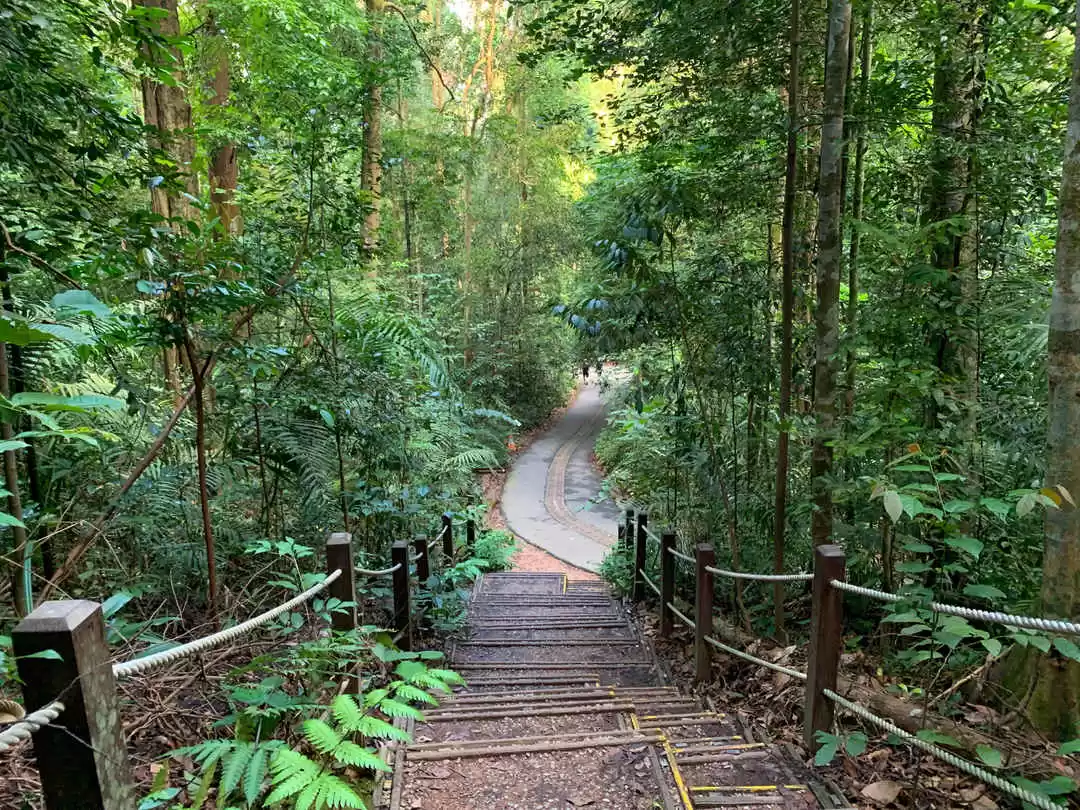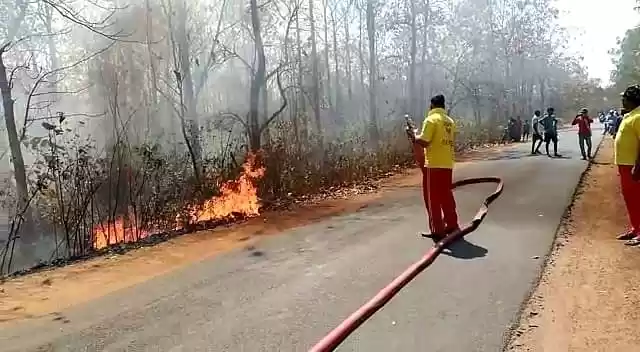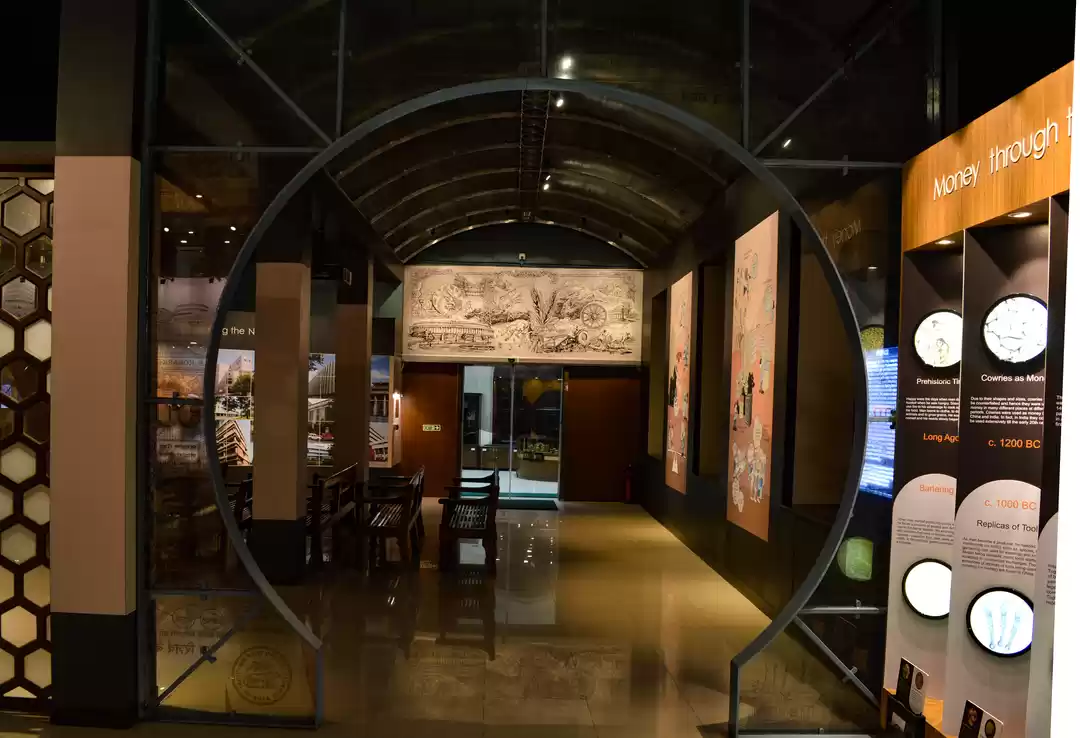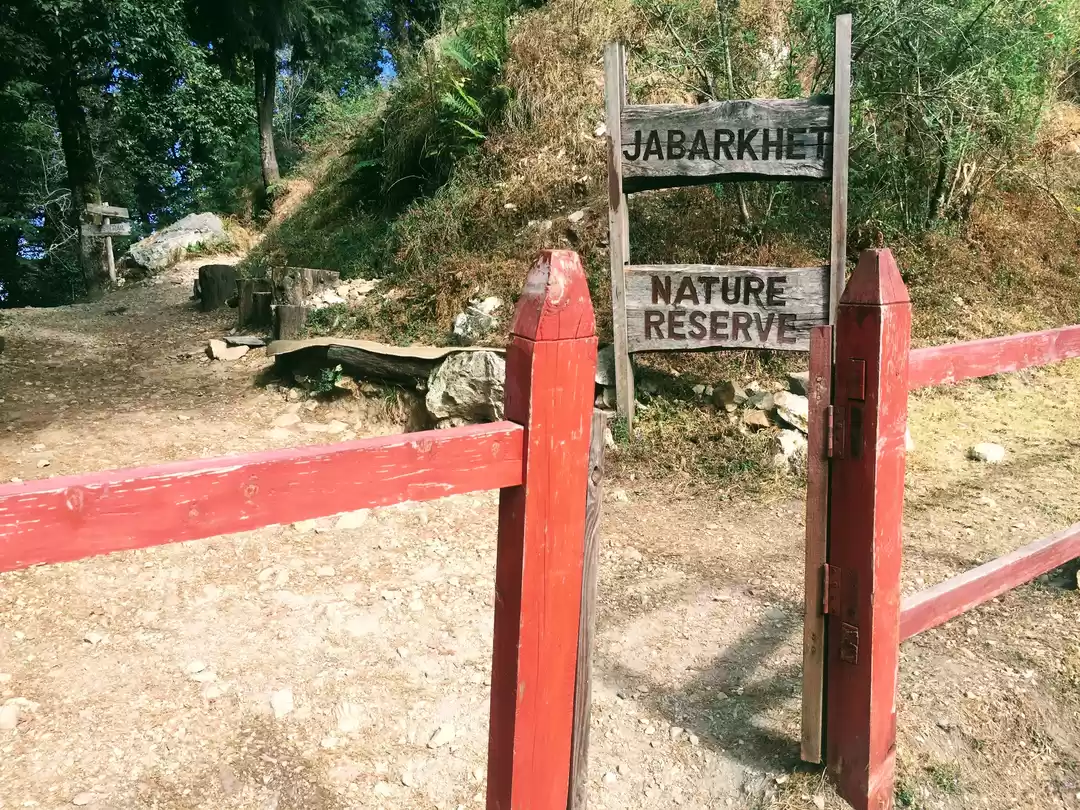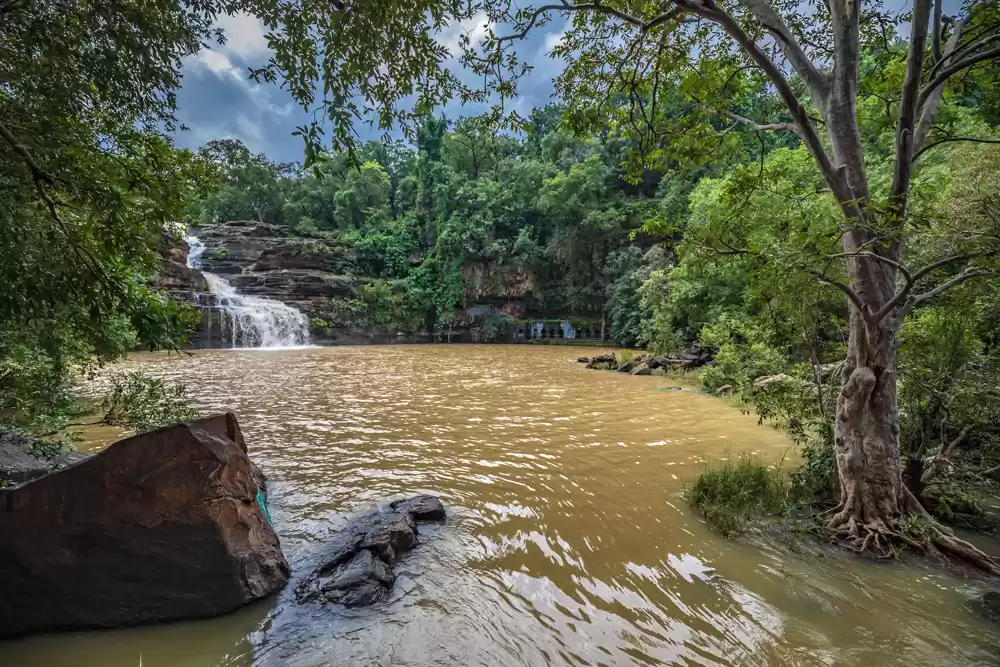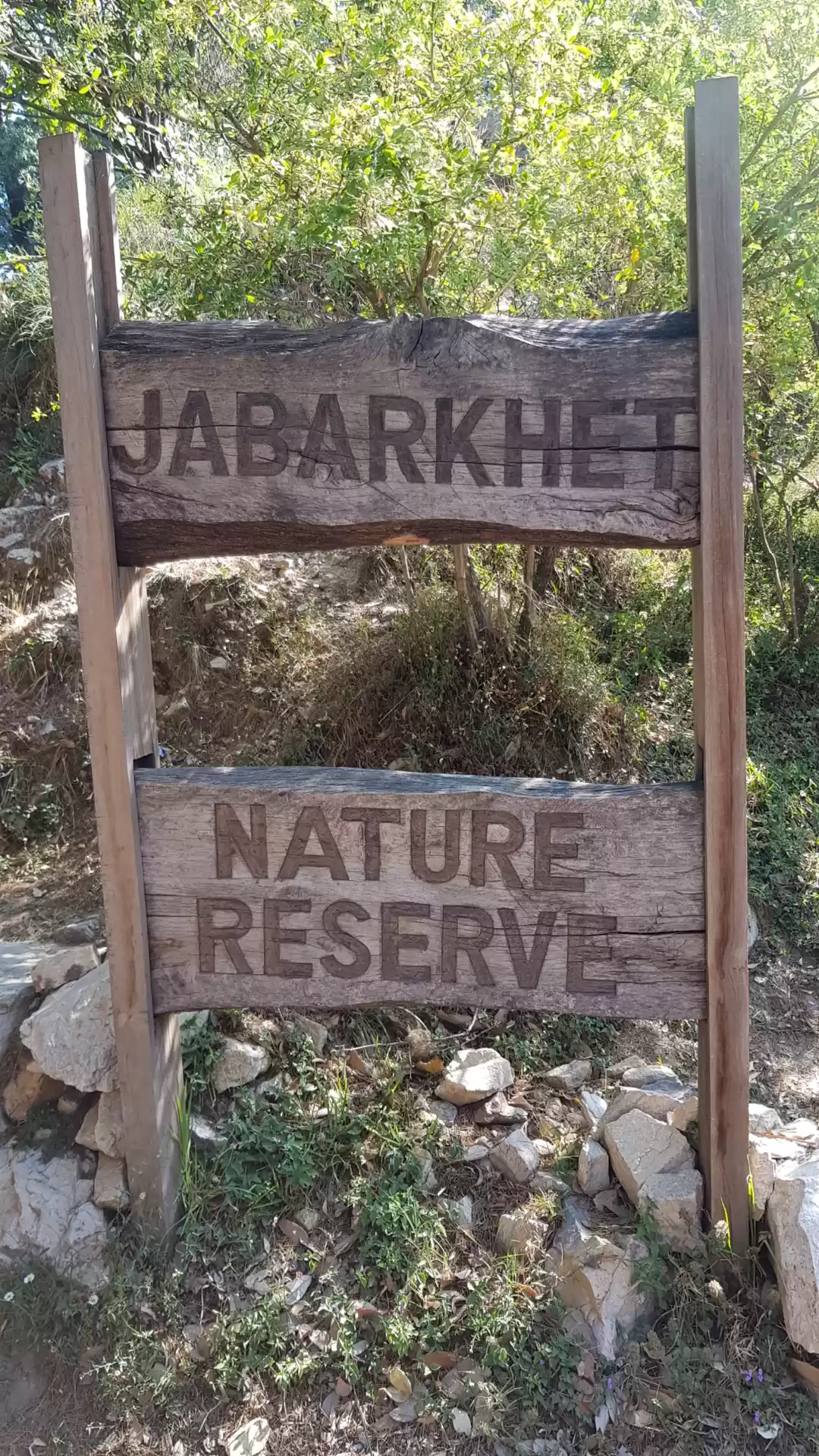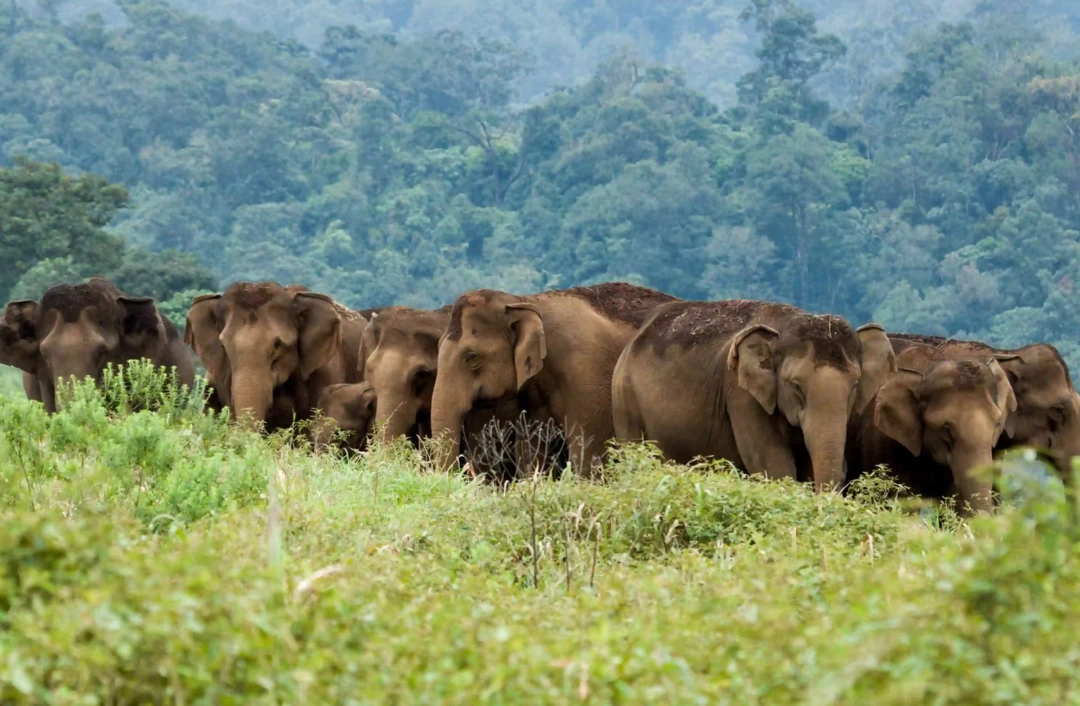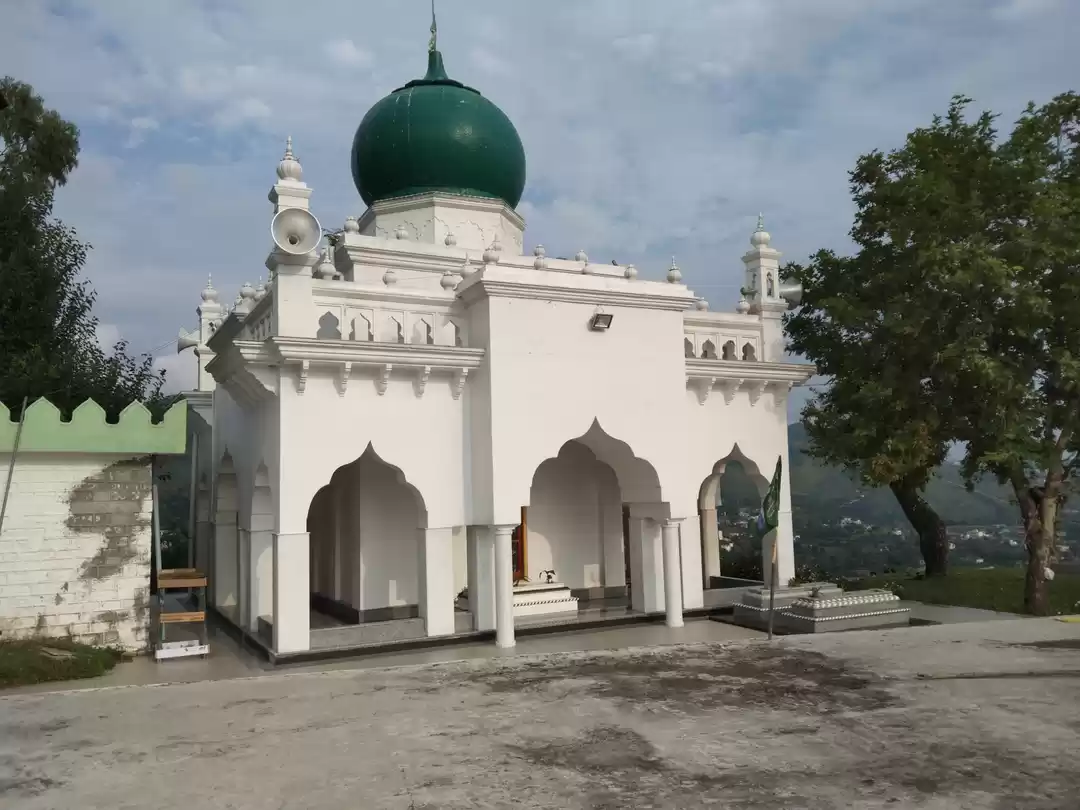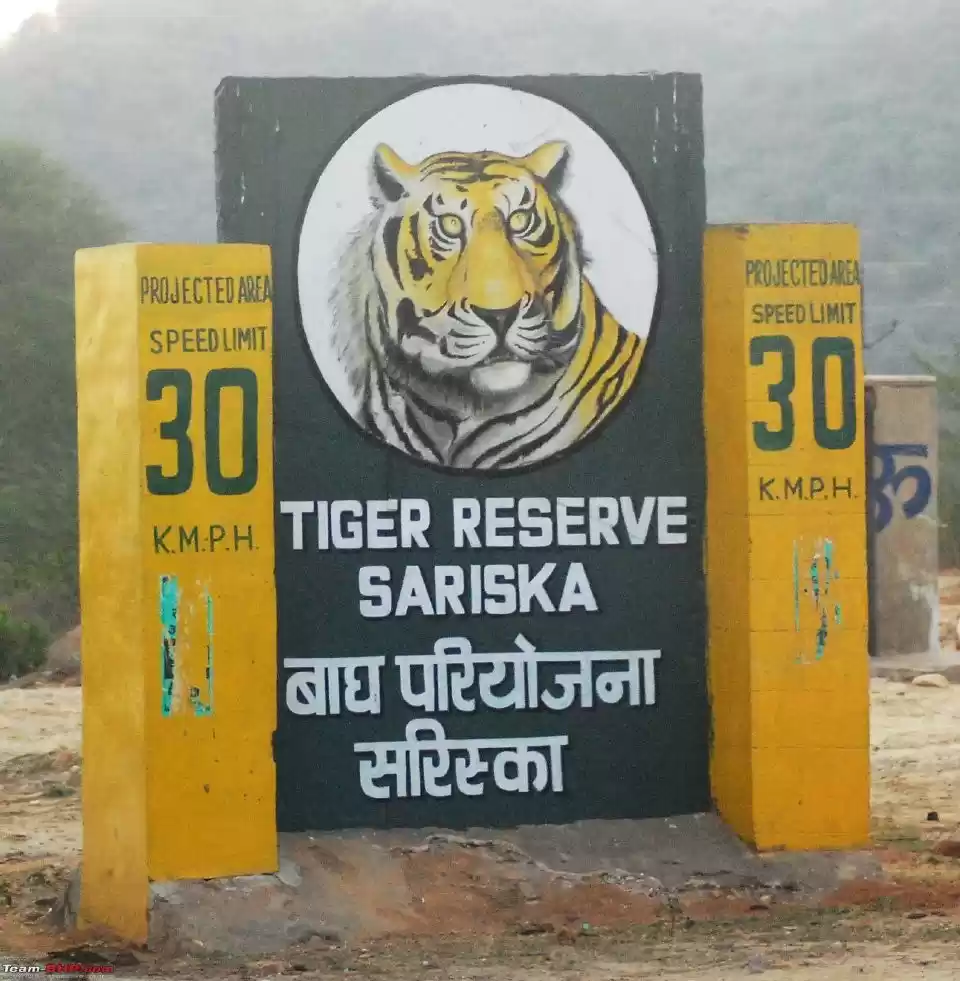Are you looking for a unique and unforgettable experience in Jordan? Do you want to explore the stunning and diverse landscapes, wildlife, and heritage of the country’s largest and most diverse protected area? If yes, then you should definitely visit Dana Nature Reserve, a hidden gem of nature, history, and culture in Jordan.
Dana Nature Reserve is located in south-central Jordan, about 180 km from Amman and 100 km from Petra. It covers an area of 308 square kilometers, and encompasses four different bio-geographical zones: Mediterranean, Irano-Turanian, Saharo-Arabian, and Sudanian. It is home to more than 800 plant species, 449 animal species, and 36 archaeological sites, making it one of the richest and most diverse natural and cultural destinations in the Middle East.
In this article, we will guide you through the main attractions and activities of Dana Nature Reserve, and provide you with practical information on how to visit and where to stay. Whether you are a nature lover, a history buff, or a culture enthusiast, you will find something to suit your interests and preferences in Dana Nature Reserve.
Natural Beauty and Ecological Importance
Dana Nature Reserve is a paradise for nature lovers, as it offers a variety of ecosystems, biodiversity, and scenery to explore and admire. The reserve is divided into two main sections: the upper section, which includes the Dana village and the Rummana mountain, and the lower section, which includes the Wadi Dana and the Feynan area.
The upper section is characterized by steep slopes, rocky cliffs, and green valleys, and has a Mediterranean climate with moderate temperatures and rainfall. Here you can find oak, pistachio, and juniper trees, as well as wildflowers, herbs, and mushrooms. You can also spot some rare and endangered animals, such as the Nubian ibex, the Syrian wolf, the caracal, and the sand cat.

The lower section is dominated by dry and arid landscapes, such as sand dunes, gravel plains, and salt flats, and has a desert climate with hot and dry summers and mild winters. Here you can see acacia, tamarisk, and palm trees, as well as cacti, succulents, and salt-tolerant plants. You can also encounter some fascinating and adapted animals, such as the Arabian oryx, the sand fox, the spiny-tailed lizard, and the desert monitor.
The scenery in Dana Nature Reserve is breathtaking and diverse, ranging from lush green forests and meadows, to dramatic canyons and gorges, to serene oases and springs. You can enjoy panoramic views of the reserve from various viewpoints, such as the Dana Tower, the Rummana Campsite, and the Feynan Ecolodge. You can also admire the stunning sunrises and sunsets, the clear blue skies, and the starry nights in Dana.
History and Culture
Dana Nature Reserve is not only a natural wonder, but also a historical and cultural treasure, as it contains evidence of human presence and activity dating back to more than 10,000 years. The reserve is rich in archaeological sites and cultural heritage, reflecting the diversity and complexity of the civilizations and cultures that have inhabited and influenced the area.
Some of the most notable historical and cultural attractions in Dana Nature Reserve are:
The Nabatean tombs, which are carved into the sandstone cliffs and date back to the first century BC. The Nabateans were an ancient Arab people who controlled the trade routes in the region and built the famous city of Petra. You can see some of their tombs in the Wadi Dana, near the Feynan Ecolodge.
The Roman aqueducts, which are part of a complex water system that supplied water to the nearby Roman city of Gerasa (modern-day Jerash). The aqueducts were built in the second century AD and are still functioning today. You can see some of them along the White Dome Trail, which leads to a natural rock formation that resembles a white dome.
The Ottoman fort, which is a stone structure that was used as a military outpost and a tax collection point by the Ottoman Empire, which ruled the area from the 16th to the 20th century. The fort is located on a hill overlooking the Dana village and the Wadi Dana, and offers a spectacular view of the surroundings.
The Dana village, which is a traditional stone village that was established in the 15th century and inhabited by the Ata’ata tribe, who are one of the original Bedouin tribes of Jordan. The village is a living museum of the local culture and architecture, and has a mosque, a school, a bakery, a handicraft center, and a guesthouse. You can visit the village and interact with the friendly and hospitable locals, who will welcome you with a cup of tea and a smile.
Walks and Hikes for All
Dana Nature Reserve is a paradise for hikers, as it offers a variety of trails that cater to different skill levels and seasons. You can choose from short and easy walks, to long and challenging hikes, to multi-day treks, depending on your time, fitness, and preference. You can also enjoy different themes and experiences, such as nature, history, culture, adventure, and spirituality.

Some of the most popular and recommended trails in Dana Nature Reserve are:
The Rummana Mountain Trail, which is a 3-hour loop trail that starts and ends at the Rummana Campsite, and takes you through the Mediterranean forest, the rocky slopes, and the Rummana mountain. This trail is suitable for beginners and families, and offers stunning views of the reserve and the Dead Sea. The best time to do this trail is in spring, when the wildflowers are in bloom, or in autumn, when the leaves change color.
The Wadi Dana Trail, which is a 14-km one-way trail that descends from the Dana village to the Feynan Ecolodge, and follows the Wadi Dana, a seasonal river that flows through the reserve. This trail is suitable for intermediate and experienced hikers, and showcases the diversity and beauty of the ecosystems, biodiversity, and scenery in Dana. The best time to do this trail is in winter, when the water is abundant, or in summer, when the temperature is cooler in the wadi.
The Feynan to Petra Trail, which is a 5-day trek that connects the Feynan Ecolodge to the ancient city of Petra, and passes through the desert landscapes, the sand dunes, the salt flats, and the mountains. This trail is suitable for adventurous and fit hikers, and offers a unique and unforgettable experience of the wilderness, the history, and the culture of Jordan. The best time to do this trail is in spring or autumn, when the weather is mild and pleasant.
To hike in Dana Nature Reserve, you have several options and procedures to follow. You can hire a local guide, who will accompany you and share their knowledge and stories about the area. You can join a group, which will provide you with a guide, transportation, and equipment. Or you can go solo, which will require you to obtain a permit and a map from the visitor center. In any case, you should follow the safety and ethical guidelines for hiking in Dana, such as carrying enough water and food, wearing appropriate clothing and footwear, respecting the wildlife and the environment, and leaving no trace.
Accommodation and Transportation
Dana Nature Reserve offers three options for accommodation, each with its own features and advantages. You can choose from the Dana Guesthouse, the Feynan Ecolodge, or the Rummana Campsite, depending on your budget, comfort, and preference.
The Dana Guesthouse is a cozy and charming guesthouse that is located in the Dana village, and offers 23 rooms with private bathrooms, a restaurant, a terrace, and a garden. The guesthouse is run by the Royal Society for the Conservation of Nature (RSCN), which is the organization that manages and protects Dana Nature Reserve. The guesthouse is ideal for those who want to experience the traditional and authentic lifestyle of the local community, and enjoy the panoramic view of the Wadi Dana. The price for a double room is 40 JOD (56 USD) per night, including breakfast.
The Feynan Ecolodge is a sustainable and award-winning ecolodge that is located in the Feynan area, and offers 26 rooms with shared bathrooms, a restaurant, a lounge, a rooftop, and a courtyard. The ecolodge is powered by solar energy, and uses local and organic products and materials. The ecolodge is ideal for those who want to support the social and environmental causes of Dana Nature Reserve, and enjoy the serene and tranquil atmosphere of the desert. The price for a double room is 85 JOD (120 USD) per night, including breakfast, dinner, and activities.
The Rummana Campsite is a basic and rustic campsite that is located near the Rummana mountain, and offers 10 tents with mattresses, blankets, and pillows, a shared bathroom, a kitchen, and a fire pit. The campsite is run by the RSCN, and provides a simple and affordable option for accommodation. The campsite is ideal for those who want to experience the adventure and excitement of camping in the wild, and enjoy the stunning views of the reserve and the Dead Sea. The price for a tent is 10 JOD (14 USD) per night, excluding meals.
To reach Dana Nature Reserve, you have several modes of transportation to choose from, depending on your origin, destination, and preference. You can take a a car, which is the most convenient and flexible way to travel to Dana Nature Reserve, as it allows you to explore the area at your own pace and stop at any point of interest. You can rent a car from Amman, Petra, or Aqaba, and drive to Dana via the Desert Highway or the King’s Highway. The drive takes about 3 hours from Amman, 2 hours from Petra, and 4 hours from Aqaba. You can park your car at the visitor center, the Dana village, or the Feynan Ecolodge, depending on your accommodation option.
a bus, which is the cheapest and most accessible way to travel to Dana Nature Reserve, as it connects the main cities and towns in Jordan. You can take a bus from Amman, Petra, or Aqaba, and get off at Qadisiyah, which is the nearest town to Dana. The bus takes about 4 hours from Amman, 3 hours from Petra, and 5 hours from Aqaba. You can then take a taxi or a shuttle service to the visitor center, the Dana village, or the Feynan Ecolodge, depending on your accommodation option.
You can book a tour from Amman, Petra, or Aqaba, and choose from different packages and durations, depending on your budget, interest, and preference. You can also customize your tour to include other destinations and attractions in Jordan, such as the Dead Sea, Wadi Rum, or Jerash.
Dana Nature Reserve is a hidden gem of nature, history, and culture in Jordan, and a must-visit destination for anyone who wants to experience the beauty and diversity of the country. Whether you want to hike through the stunning and varied landscapes, wildlife, and scenery, explore the ancient and rich archaeological sites and cultural heritage, or enjoy the serene and tranquil atmosphere of the desert, you will find something to suit your interests and preferences in Dana Nature Reserve.
If you are ready to book your trip to Dana Nature Reserve, or if you want to learn more about this amazing place, you can visit the official website of the Royal Society for the Conservation of Nature (RSCN), which is the organization that manages and protects Dana Nature Reserve.
You can also contact us at Tripoto, which is a leading online platform for travel enthusiasts, and we will help you plan and arrange your trip to Dana Nature Reserve, as well as other destinations and attractions in Jordan. We hope you enjoyed this article, and we look forward to hearing from you soon.


